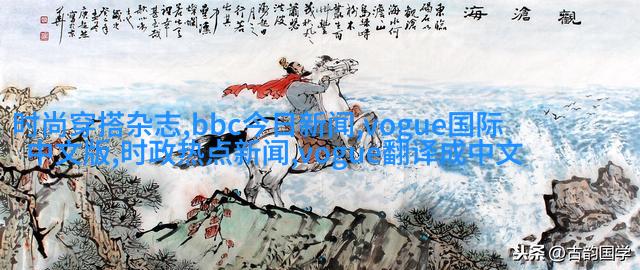腕表时代时间的机械革命与现代生活的同步节奏
在“腕表时代”,时间的机械革命与现代生活的同步节奏

一、引言:时间的重量与现代社会
随着工业化和科技进步,人类对时间的需求日益增长。从最初的手动钟摆到现在精密的电子时钟,再到装饰性强、功能丰富的腕表,我们正处于一个特殊历史时期——“腕表时代”。这段历史不仅见证了技术创新,也深刻影响了我们对时间感知和价值观念的大变革。

二、机械革命:从钟摆到精密机芯
wrists, it was not until the invention of the mechanical watch that people could carry time with them. The first wristwatch appeared in the 16th century, and it marked a significant turning point in human history. Mechanical watches relied on intricate mechanisms to measure time accurately, making them essential tools for navigation, trade, and scientific research.

The development of precision watchmaking during the Industrial Revolution further refined these devices. Innovations such as mass production techniques and interchangeable parts allowed for more affordable and reliable timepieces to be produced on a large scale. This led to an unprecedented democratization of access to precise timekeeping technology.
三、奢华与实用:金色链条上的文化符号

As wristwatches became more accessible to the general population, they evolved from purely functional objects into symbols of luxury and status. The introduction of gold chains and ornate designs elevated wristwatches beyond mere utility items into fashion statements that reflected one's wealth.
In this context, wristwatches became cultural symbols that transcended their primary function as timekeepers. They were no longer just instruments but also expressions of personal style or social standing.

四、电子时代:LED屏幕下的快节奏生活
However, with the advent of digital technology in the latter half of the 20th century came a new era for wristwatches: electronic watches. These devices used quartz crystals rather than mechanical components to regulate their movements, leading to even greater accuracy at lower costs.
The most significant impact was perhaps felt when LED screens replaced traditional dials altogether; users could now display various functions such as date displays or alarm clocks alongside traditional hours and minutes—ensuring they stayed connected with changing world around them without needing separate gadgets like pagers or phones.
五、高科技材料与设计革新:智能手表前沿探索
Today we find ourselves living in an age where smartwatches are redefining our relationship with time once again by integrating cutting-edge materials science alongside wearable computing technologies like Wi-Fi connectivity or heart rate monitoring sensors directly onto our wrists—making us truly "always-on" members within global networks at all times (and places).
From titanium alloys offering increased strength-to-weight ratios down through advanced ceramics offering improved scratch resistance against wear & tear caused by daily use; designers have been pushing boundaries continuously seeking optimal balance between aesthetics & durability while exploring novel ways incorporating other functionalities inside each device itself (think solar charging panels embedded within faceplates!).
六结论:同步节奏中的个体存在意义
So what does this journey through different eras tell us about how we perceive value? In essence—a lot! From clockwork machines mechanically keeping pace with celestial rhythms toward microelectronic marvels capable seamlessly tracking ever-changing temporal landscapes—the story is one about human ingenuity's ongoing quest both understand nature (time) better while shaping culture around its implications on society at large—what kind reflection do you think will emerge next?
七未来展望:
As humans continue evolving so too must our understanding & interaction w/ Time itself – particularly given rapid advancements happening across multiple fields today ranging from quantum mechanics towards AI algorithms which may soon enable entirely new forms communication yet unimagined! We can only guess what future generations might consider "the meaning" behind wearing something called "a watch".